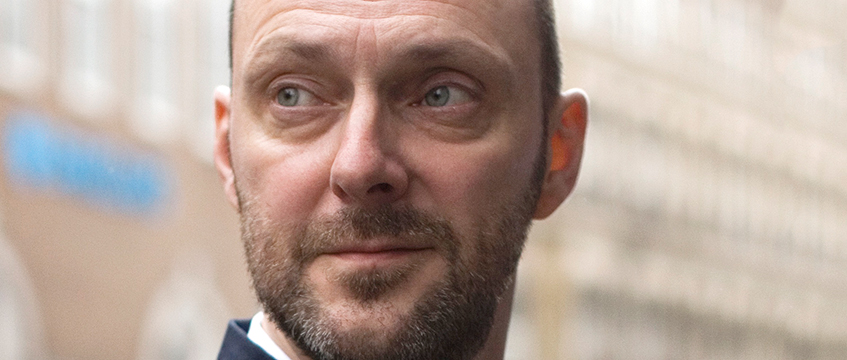As mixed-use developers we are always trying to find that sweet spot when a particular combination of uses on a site lights up the appraisal spreadsheet and delivers the perfect, viable solution – a sustainable mixed community that works for the planners, creates a great place and delivers on the bottom line, writes Martyn Evans, chief executive of Uncommon.
It takes a creative approach and some lateral thinking to make all these things work together in one place and the catalyst is often a bright, shiny jewel at the centre of a scheme that eases the politics, provides a marketing edge and draws a crowd.
In standard commercial schemes that would be a cinema or an anchor retail tenant – it’s why large, national operators in these sectors can hold developers to ransom, demanding huge contributions to build and fit out just to grace schemes with their presence. In more complex schemes where planning is harder and where politics demand a more creative approach, we have to be cleverer. This week, I met a group of people doing something in an industry that sounds unlikely, but which I think just might be very smart – an older-age living development company.
To be really effective, our shiny jewel should first be a good political play to oil the planning wheels. Older people in our towns and cities are adding disproportionately to our housing problem. A report published by Legal & General in 2015 suggests there are 5.3m under-occupied homes in the UK with 7.7m spare bedrooms – the equivalent of 2.6m family homes and 10 years’ housing supply.
Pegasus Life, the specialist retirement housing developer currently storming through the market, says that the housing stock currently under-occupied by older people could provide homes for more than three times their number. Projects that free up some of this underused space in the wider community have to be good for a complex planning argument on a tricky site – especially if it can be part of a mixed section 106 response with social housing and other community benefits.
It is also good financially. The L&G report said 3.3m last-time buyers are currently looking to downsize – almost a third of older homeowners considered it last year, but only 7% did. So there is clearly an untapped market there looking for something they can’t find. Perhaps it is because the typical market offering is exactly what you would imagine an old folks home to be, rather than the sophisticated housing being delivered by Pegasus, which design director John Nordon describes as “simply great homes that are designed to work for their owners as they become more dependent on the services that are on tap when they are needed”.
The most populous age bracket in the current UK population is 50-54 for both men and women. As we live longer it means this population bulge is going to get older and older, creating a market for specialist property bigger than it has ever been. In the US, 17% of people over 65 live in specialist retirement housing. In the UK it’s 1%. Higher disposable income and time on their hands also make older residents in a mixed-use scheme valuable customers of other commercial elements.
The team I met last week are from Tonic, a new community interest company developing a retirement living concept for LGBT people. They talked about a group of potential customers who are alienated from the standard market offering in this sector – older people who may have had a difficult time coming out earlier in their lives who often find themselves back in the closet as they join close, retirement-living communities where they experience prejudice and disadvantage at a time of increasing vulnerability. It struck me as I listened to their pitch that here was a shiny jewel that had it all – good politics, great commercial value and, a more nebulous but nonetheless important value: the right thing to do.











